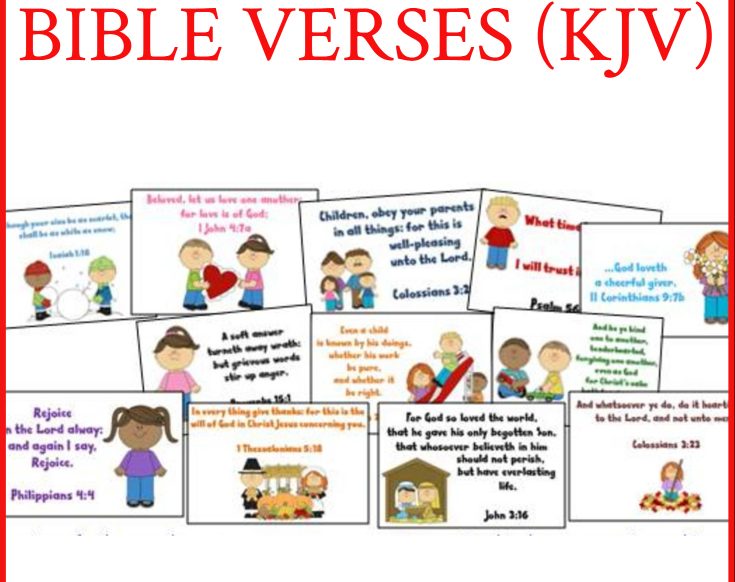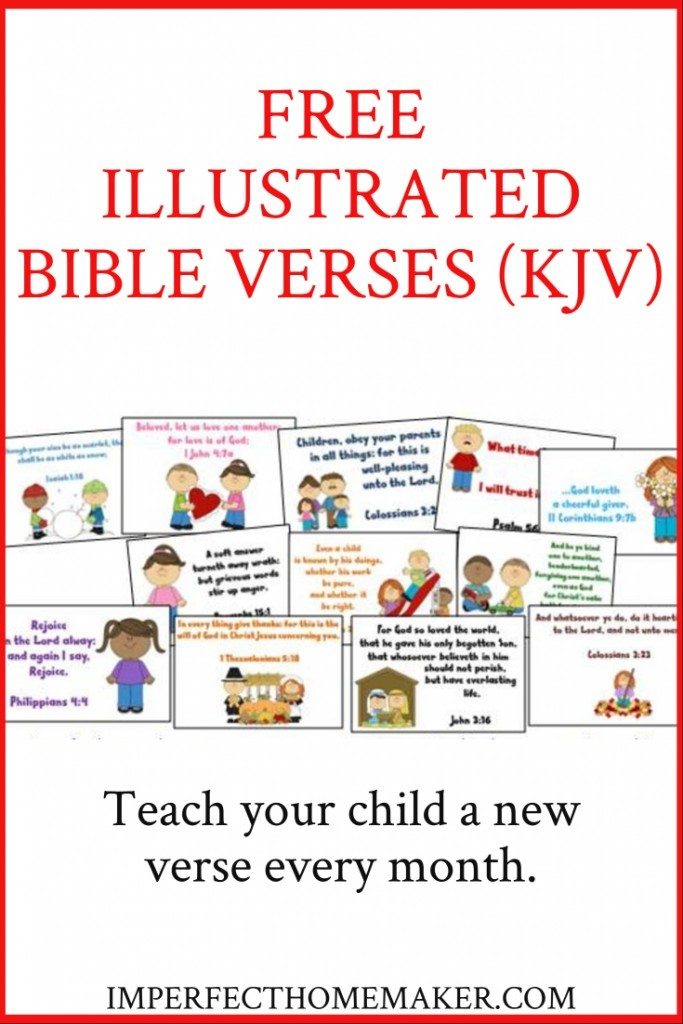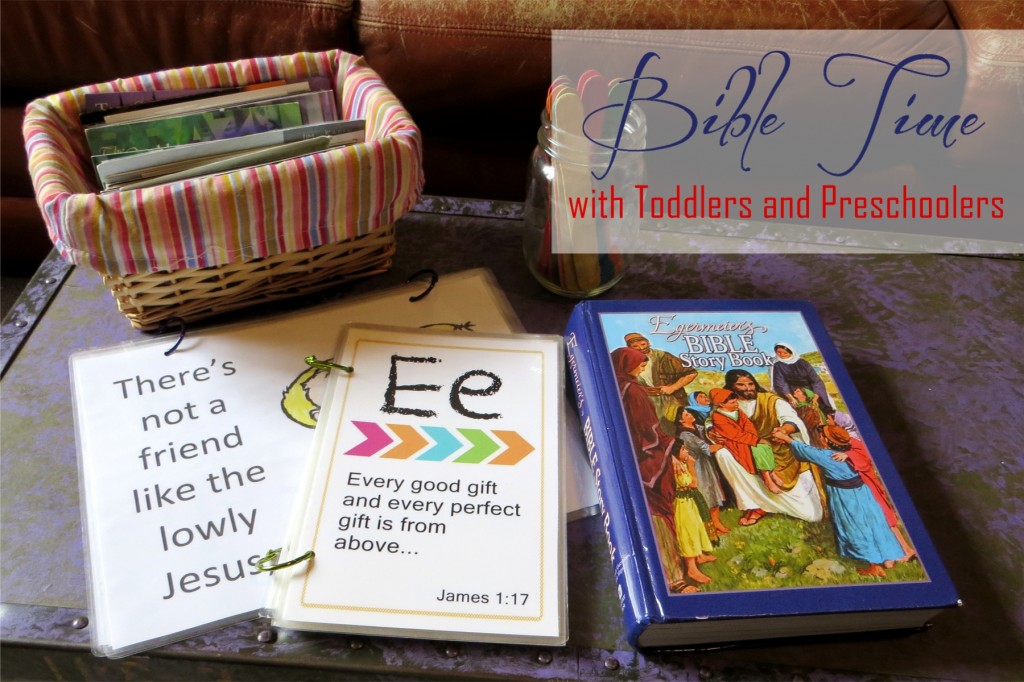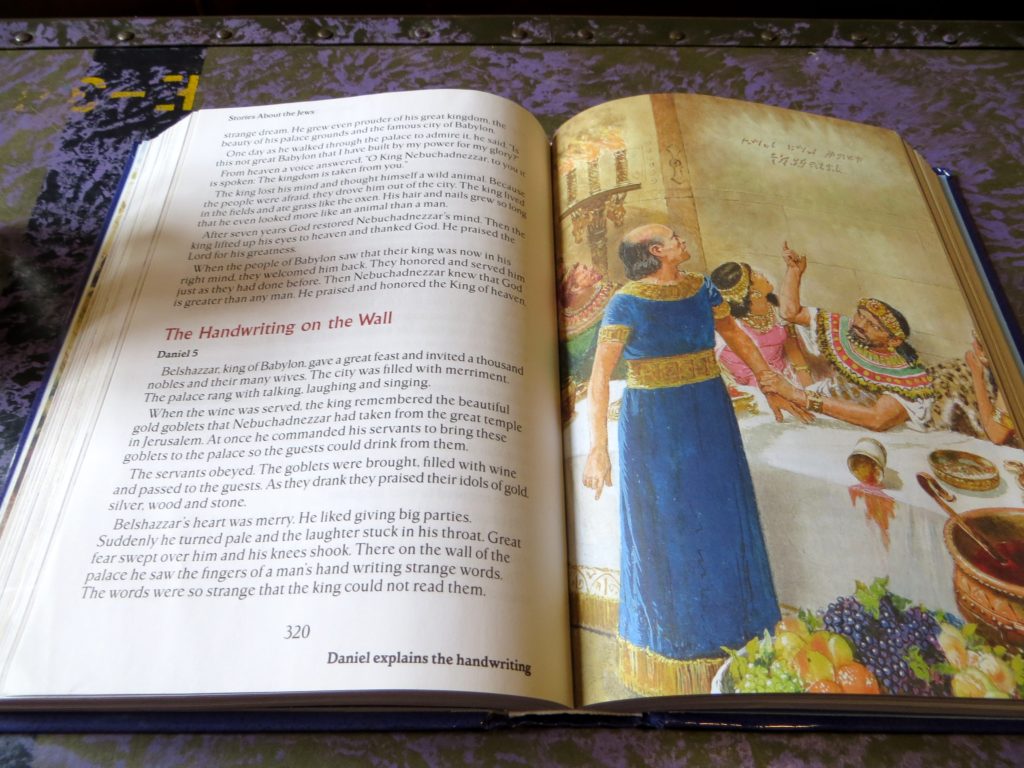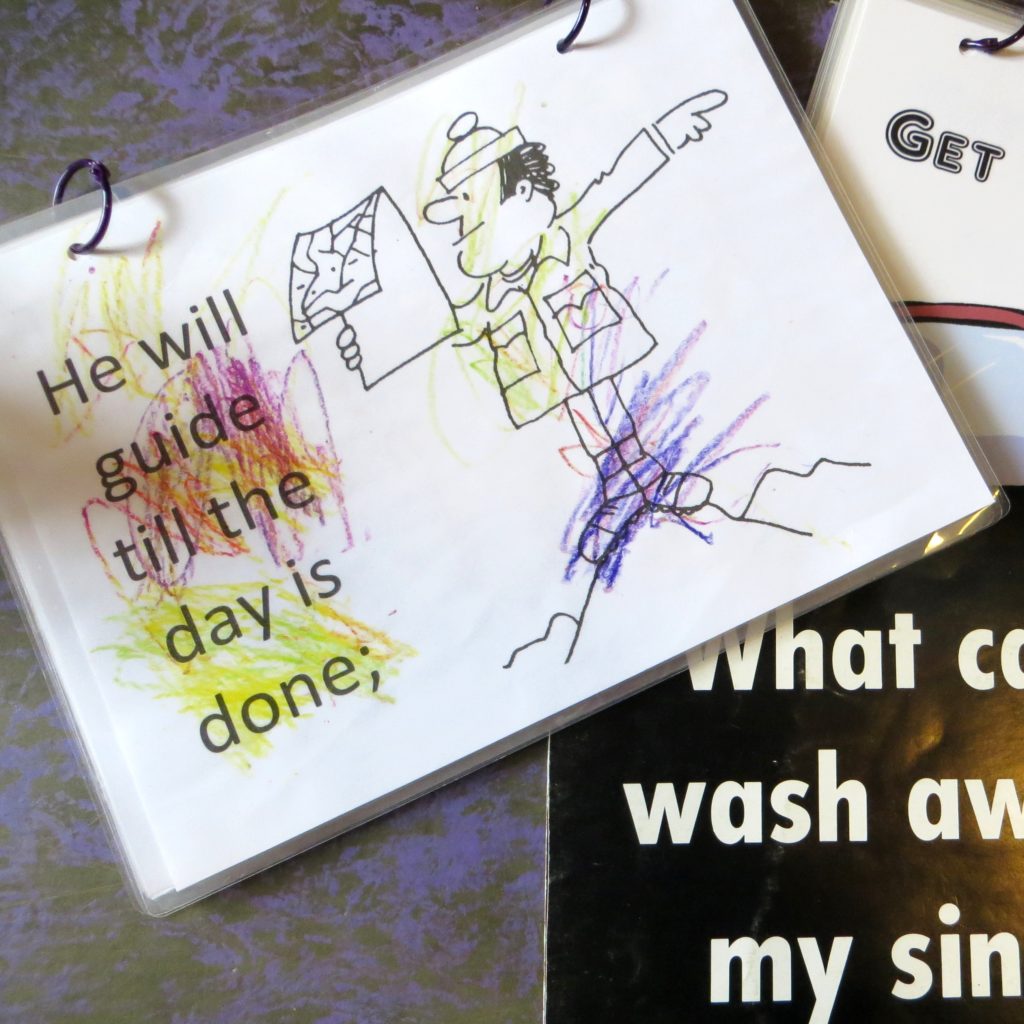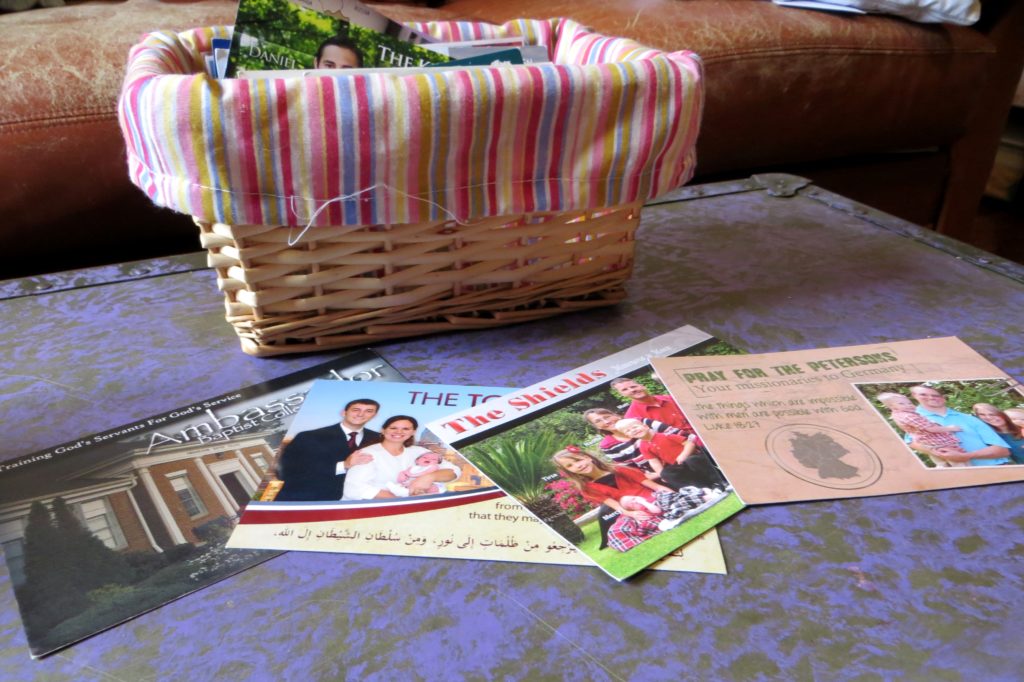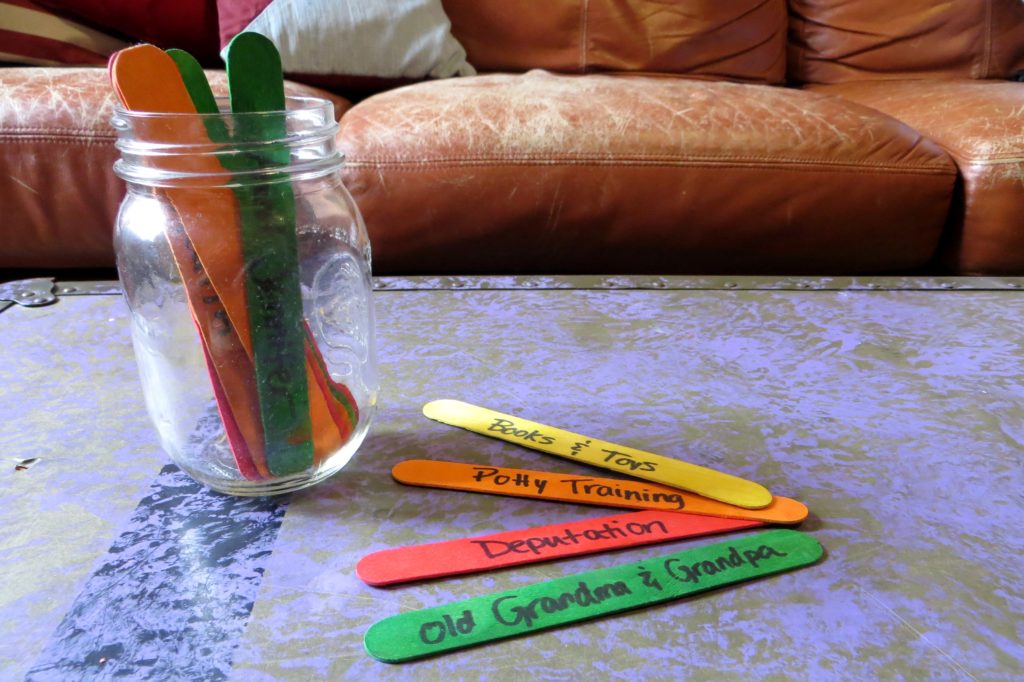How to Get Your Blog Posts Shared (And What To Do When They Are)
How to Get Your Blog Posts Shared – it's something every blogger wants to know.
Every time you publish a new blog post, you hope this will be “the one”. This will be the one that really takes off. Everyone will share it and your traffic will increase to numbers you've never seen before.
And when that doesn't happen you wonder why in the world not.
If you're wishing for that share by the blogger with the huge following or for your own followers to spread your latest post like wildfire, here is what you need to know.
Note: this is not meant to be a tutorial on how to make your blog posts go viral. No one can make that happen. But you can definitely make it more likely by making sure every blog post is share-worthy.
1. Content, content, content
First, your content must be awesome. I didn't say good. I didn't say great. I said awesome.
What makes a blog post qualify as awesome?
Content will resonate with people for a number of different reasons including:
- “Why didn't I think of that? That was so clever!”
- “That really moved me emotionally.”
- “I wish everyone else knew this. It's so important.”
There are literally millions of blog posts out there. Make yours the best; otherwise it will get lost in the endless sea of blog content.
2. Headline
After the main content of your post, your headline also needs to be amazing. Which is going to more likely to compel people to click if they see your post come across their Facebook feed: “Frugal Living Tips” or “The Secret to Debt-Free Living”? What about “Pumpkin Recipes” as opposed to “25 Mouth-Watering Pumpkin Recipes”
If you need help coming up with compelling blog headlines, you can try out HubSpot's Blog Topic Generator. It won't necessarily always work perfectly for your topic, but it will at least give you some great ideas to get your creative juices flowing.
3. Blog Design
If you want people to take what you say seriously, your blog needs to look professional. Even though every content creator is just a normal person, people naturally give more credence to a blog that looks professional. If you can't yet afford a professional design, at least keep your blog clean, without a lot of gizmos and gadgets.
4. Share buttons
When people see your awesome content and have one of those “Other people need to know this!” reactions, make it easy for them to share it! Your blog needs to have obvious sharing buttons available for people to share your posts.
5. Call to Action
Okay, so someone shared your post and you're getting a lot of traffic! Instead of just enjoying the nice little spike and then going right back to where you started when those visitors leave, make sure you have a clear call-to-action on that post so you can keep those visitors around for the long-haul.
Make it obvious what you want people to do – and don't give them too many options or they will not do any of them.
You may want people to:
- Sign up for your newsletter
- Like your page on Facebook or follow you on Pinterest. (I actually talked how you can decide which of these to do in this post.)
- Click around to related content
- Buy something
Whatever it is, make it clear and obvious.
If you're hoping to get your blog shared and read by thousands, make sure you have all these things in place! They're all crucial elements to growing your blog!
Is there anything you would add to this list?
If you're looking for more blogging help, be sure to sign up for my email list and/or join my Facebook group, The Busy Homemaker's Guide to Blogging for Profit. I offer regular tips to help busy bloggers earn some income while keeping their families first.






